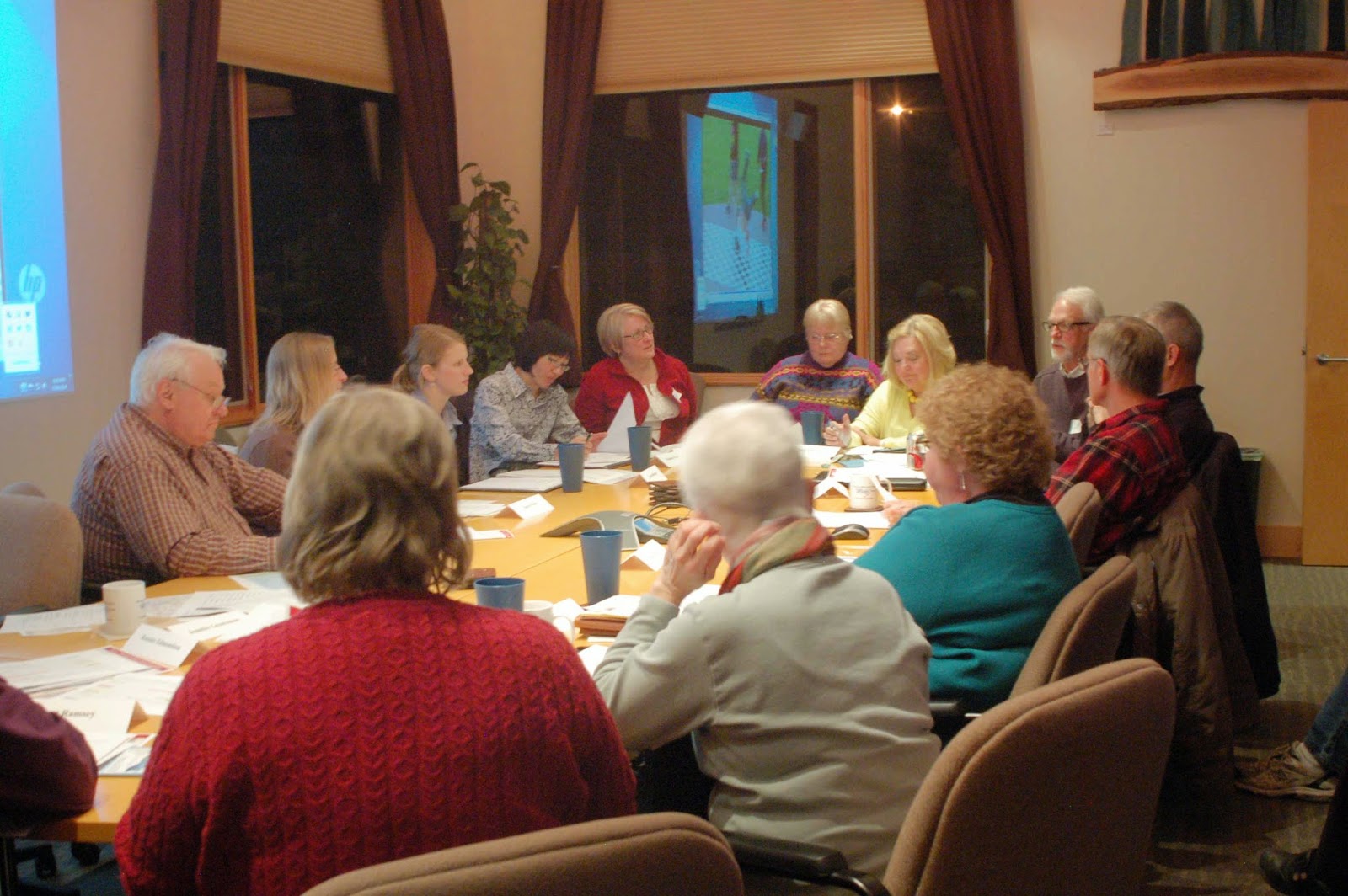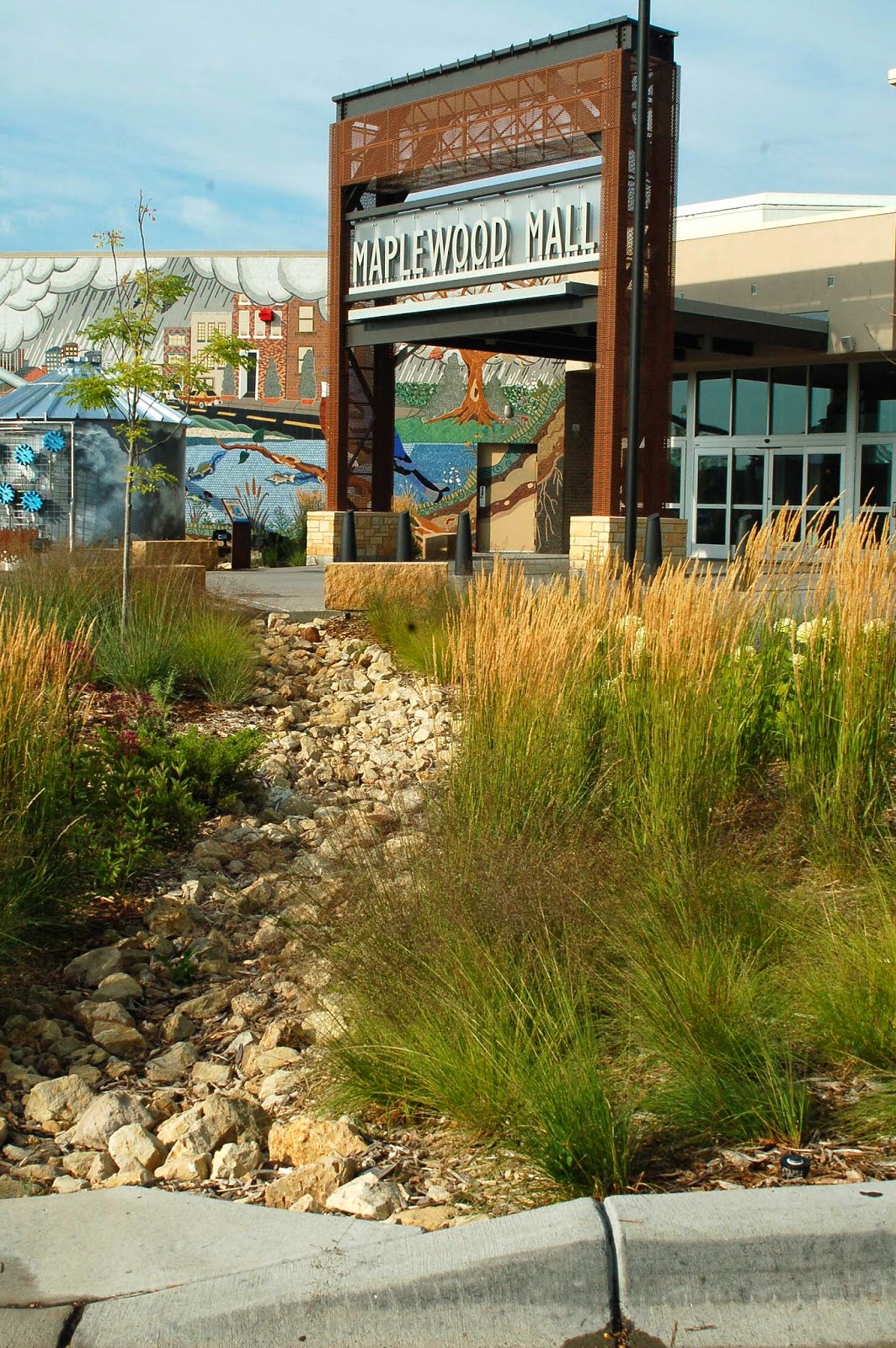By Cliff Aichinger
 |
| Reflections of 2013 as reflected here in a clear Casey Lake. Photo by Bill Bartodziej. |
I’m sitting here at my desk contemplating the District accomplishments and recognition over the past year. This is a time of year when we have to complete our annual financial audit and complete annual reports for the state agencies and our granting agencies. It is an appropriate time for self-reflection
As I reviewed what we accomplished last year, I identified significant accomplishments in almost every program area. That makes me feel good about the quality of our staff and our ability to implement and complete valuable and relevant projects and programs.
In the interest of space and time, I will only provide short descriptions of the activities and projects, but I’m glad to provide more detail to any of our more inquisitive readers. I will list these accomplishments by program area.
District Organizational Accomplishments:
- We completed property acquisition and obtained city approval to expand our site to include the garage on the adjacent parcel. We also purchased 0.75 acres of property to expand our parking lot. Plans have been completed for landscaping and paving this area in 2014.
- We received approval of a Watershed Management Plan Amendment to incorporate the former Grass Lake Water Management Organization area (part of Roseville and Shoreview) into the RWMWD. This amendment also formally includes this area for coverage by our rules and allows this area to qualify for all District programs.

- The District was recognized for our accomplishments by receiving three awards last year: I was privileged to receive the Watershed Employee of the Year award from the Board of Water and Soil Resources at the Minnesota Association of Watershed Districts convention in December; the District received the first annual Ray Haik Conservation Award from the Isaac Walton League; and the District received the Grand Award from the American Council of Engineering Consultants, Minnesota Chapter, for the Maplewood Mall Stormwater Retrofit Project.
Planning:
- The District began our process of updating our Watershed Management Plan to incorporate information on all the lakes in the former Grass Lake WMO area and to update the information and activities for the entire District. This will include incorporating all our TMDL studies and two Watershed Restoration and Protection (WRAP) studies currently underway. The TMDLs and the WRAP studies are funded by the Minnesota Pollution Control Agency.
Education:
- We completed the public art project (Mural) at the main (east) entrance to the Maplewood Mall along with the cistern, interactive pumps and signage. This is a very noticeable space that will engage visitors at the Mall to help them learn more about stormwater runoff and its effects on our environment.

- We engaged a local artist to install an interactive sculpture at the NW entrance to the Mall. This will be installed in the spring of 2014.
.jpg)
- We held our first District Awards Event in November. This event replaced the former “Volunteer Recognition Event” and provided the District with an enjoyable evening of food and socializing to recognize individuals and organizations for their outstanding partnership, innovation in government, and citizen and youth engagement. We also included two unique awards: one to recognize an individual who has made a long-term commitment to the District and our activities (called the Roger Lake Stewardship Award) and the “Carpie” award to recognize an individual that contributed valuable service while enthusiastically persevering in the face of adversity.

- We held our 11th annual WaterFest event at Lake Phalen. The 2013 event was bigger and better than ever with more displays, activities, food, fun and youth engagement.
.jpg)
- We formed a new Citizen Advisory Committee that provides input and advice to District staff and the Board of Managers on our activities, plans, and budget. The Board approved the appointment of 23 individuals from across the District.
Natural Resources:
- We evolved our former Carp Research Program activities into a Carp Management Program. Staff, with the continued assistance of the University of Minnesota Fisheries staff, is implementing projects to remove and manage carp populations in our waters. This activity included a program to eliminate carp in Casey Lake and install a carp barrier on Kohlman Creek. Both projects were very successful. In 2013 Casey Lake held no carp, was stocked with panfish for urban fishing and to control future carp recruitment, and had water transparency all the way to the bottom throughout the year.
- We worked with Ramsey County and Keller Golf Course staff to restore 7 acres of no-play areas to native prairie. Staff will be restoring another 5 acres of land in 2014.
 |
| Left to right: A natural buffer around a water hazard on hole #6. A large irrigation pond will have a diverse edge of native emergent plants. A new fairway will greet golfers in 2014 |
Research:
- The District staff is implementing an intensive monitoring program at Maplewood Mall to document the water quality and volume reduction benefits of the Maplewood Mall project.
- We are completing a research project near Wakefield Lake to look at the benefit of using spent lime to remove phosphorus from stormwater. The test site has generated some very encouraging results and may lead to a full scale project.
Capital Improvements:
- Early last year we had substantial completion of two large contracts; Maplewood Mall and the Maplewood Living Streets Project. These were both multi-year efforts that consumed substantial staff time and District financial resources. They were also generously funded by grants from the State of Minnesota through the Clean Water Fund and grants from the Minnesota Pollution Control Agency.
.jpg)
- Last year we collaborated with the City of Maplewood and MnDOT to incorporate a large water quality improvement project within the Highway 36/61 interchange. We installed improvements in each of the cloverleaf areas to treat runoff from the highways, Menards, and the commercial areas north of Highway 36. This will provide improved runoff water quality for Keller Lake.
As always, we welcome comments on any of our activities and suggestions for improvements or ideas for new programs. I want to thank all of our collaborators, volunteers and funders. Our successful accomplishments are not possible without your continued assistance.













.jpg)
.jpg)
.jpg)
.jpg)

















